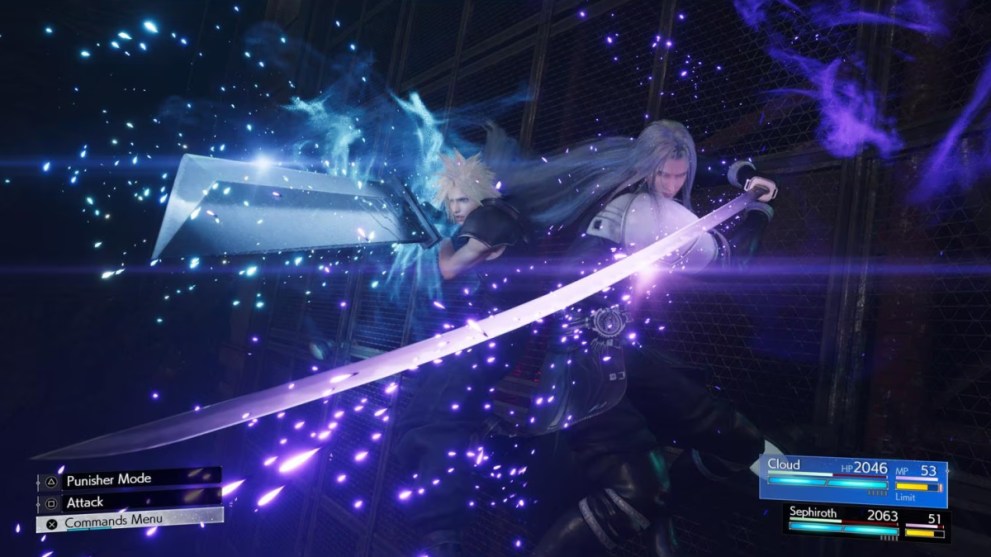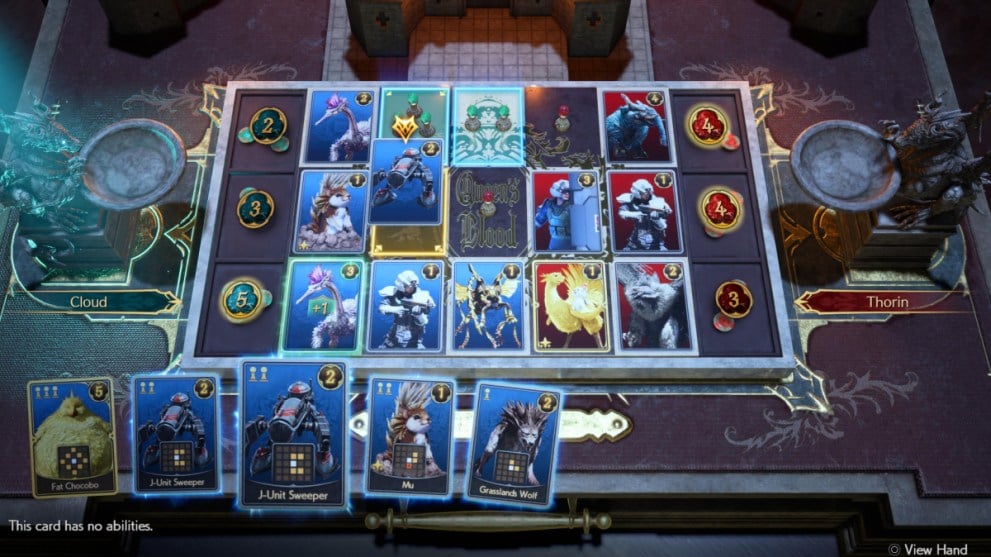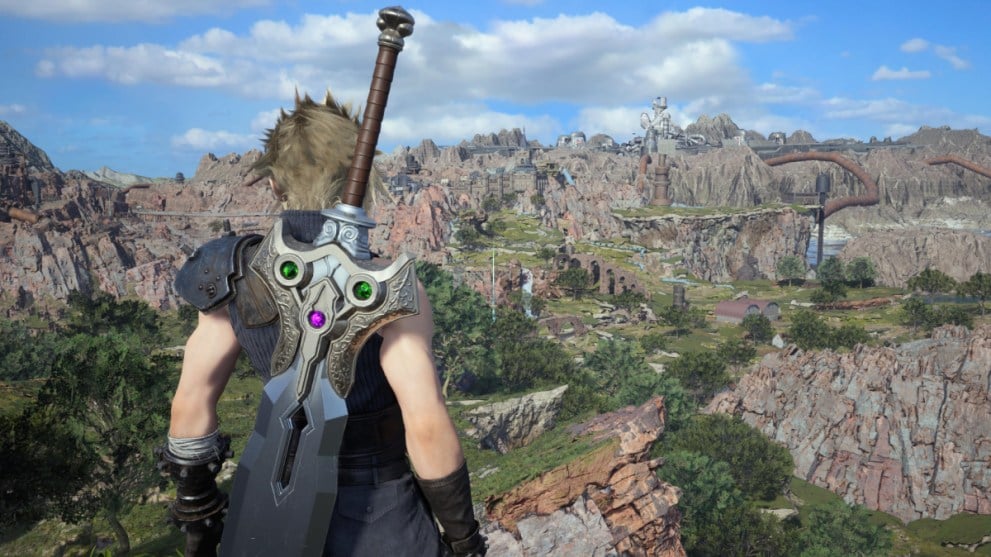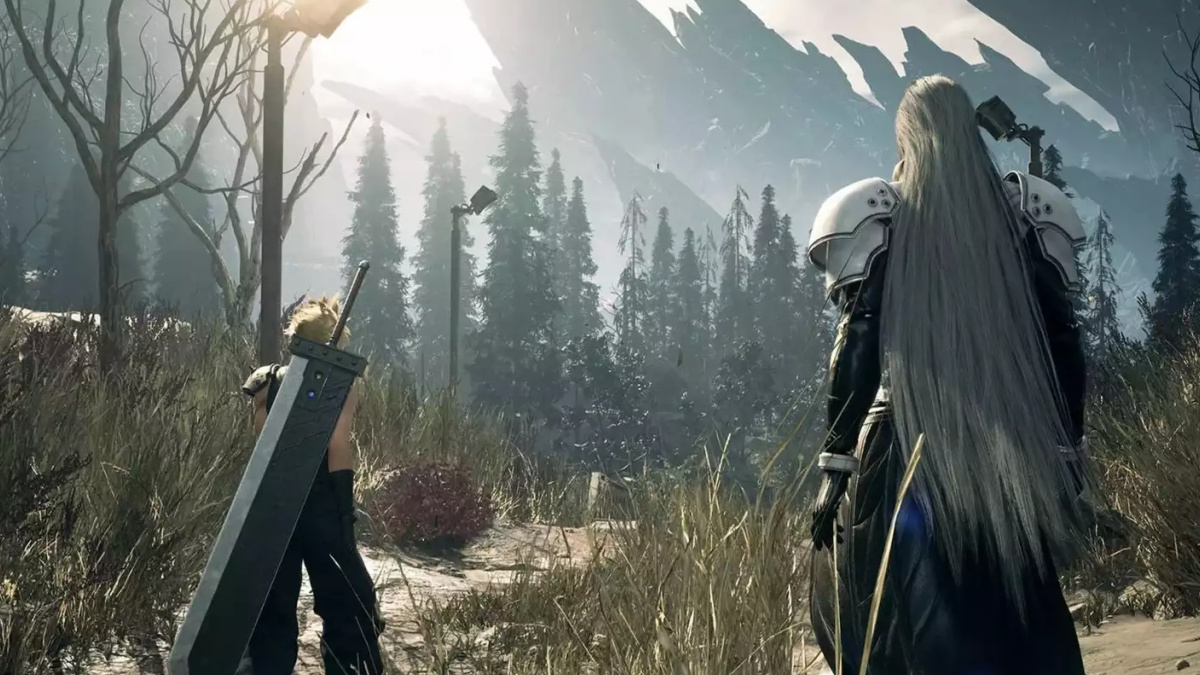If I’m being honest, it seems like a moot point to hype up Final Fantasy VII Rebirth any further.
Only a few weeks out from release, the long awaited sequel to Final Fantasy VII Remake has more than enough going for it. Square Enix has had no qualms about building anticipation prior to the release, with a myriad of trailers showing off its expansive new locales and the wealth of adventures that await players.
There’s likewise the ever-present excitement that surrounds it by virtue of its continuing the retelling and reimagining of the legendary Final Fantasy VII, which changed gaming itself.
So when I say I was impressed by my time with the game at a hands-on event in January, I know it hits with the same shock of revelation that hearing the sky is blue does. Still, though, it’s nice to know just how much of a great experience we’re in for with the game; and how absolutely packed with content it is.
The demo didn’t take long to show this off either, as it kicks off at the very start of Final Fantasy VII Rebirth. After the events of Final Fantasy VII Remake and the Episode Intermission DLC, Cloud and the gang successfully arrive at Kalm before Cloud recounts how he worked alongside Sephiroth. He then details what happened in Nibelheim, and how it led to the former top Soldier’s downfall; complete with several moments which have been beefed up with top tier cutscenes and voice acting.

Though linear, this segment already wears the game’s strengths on its sleeve. Even without digging into the stellar presentation of the cutscenes, the silky smooth gameplay, or the revamped narrative, the world and its settings are positively massive and sell the scope of each area one visits. There are small nooks and crannies to discover even in the tutorial path leading up to the Nibelheim reactor, and I was rewarded repeatedly for straying from the beaten path to explore.
It also feels substantially more open than Remake from the get-go. Gone are the cramped city streets and alleys of Midgar, replaced with sprawling fields and wide-open mountain paths that really convey just how big the game’s world is.
But then, that’s nothing compared to the game proper. Following the introductory chapter, Final Fantasy VII Rebirth opens up in Chapter 2 via Kalm and the Grasslands surrounding it.
Kalm itself has been expanded upon substantially. What was once a small town players stop at briefly during the main story is now its own bustling city center, complete with side quests to take part in after progressing the story that can bolster your understanding of the plot and world.
One can help a distraught bartender reclaim their treasured Queen’s Blood card; track down a missing merc hired to repair a damaged Mako pipe; or deal with a powerful fiend that attacked a nearby farm. And all of this leads to some unexpected reunions and eye-opening conversations with the town’s residents.
Almost all of these quests reward players with valuable items, materials, and resources upon completion too, so there are plenty of reasons to take the time to explore all of these side activities.

On the Other hand, Final Fantasy VII Rebirth has plenty of content aimed purely at entertaining and distracting players, primarily through Queen’s Blood.
Similar to Fort Condor in Remake, this new mini-game acts as a TCG wherein players attempt to rack up a higher score to emerge victorious. This is done by placing cards down in one of three rows, with both players vying to take control of as many spaces in a row as possible. This can be done with cards from one’s deck, but each card takes over a different number of spaces and in a different pattern.
It’s deceptively addictive, and I spent more time than I expected messing around with deck layouts and taking on the residents of Kalm in Queen’s Blood matches. And that was just with the small handful of potential opponents offered through the demo.
Final Fantasy VII Rebirth’s Grasslands, meanwhile, are just as packed with gameplay options. After obtaining a Chocobo, I was able to explore a sizable open world setting filled with enemies to battle, ancient secrets to uncover, and challenges to complete.

These tasks do feel a bit same-y after you complete enough of them, but the sheer size and aesthetic of this section keep that from happening too fast. Even after hours of moving toward objective markers, I found myself pulled back into the world and the need to explore it by its sprawling mountains and endless plains dotted with abandoned ruins.
The gameplay helps substantially in this department too. Though largely similar to Remake’s combat system, Final Fantasy VII Rebirth has tweaked the battle mechanics in some noteworthy ways. Of them, the biggest is likely the new Synergy attacks and abilities. These skills allow Cloud to team up with other members of your party to carry out special attacks that can be imbued with elemental attacks, grant players an additional ATB bar, or otherwise wallop enemies with powerful attacks.
They require each character to have racked up and used some ATB charges though, so players are incentivized to play as multiple characters in a given battle. It’s a clever trick on the part of the developers, and helps to motivate you to test out the radically different playstyles found between Cloud, Barret, Tifa, Aerith, and Red XIII.
I could keep going about other facets of the gameplay, but honestly the point remains the same: This game is utterly titanic in its size and what it offers. By the time I reached the end of the demo, I felt like I had only scratched the surface of what Final Fantasy VII Rebirth offered.
Square Enix has spared no expense to make it even better than Final Fantasy VII Remake, and fans can rest assured that they’re in for one of — if not the — premiere gaming experiences of the year when Final Fantasy VII Rebirth hits the PlayStation 5 on Feb. 29.
